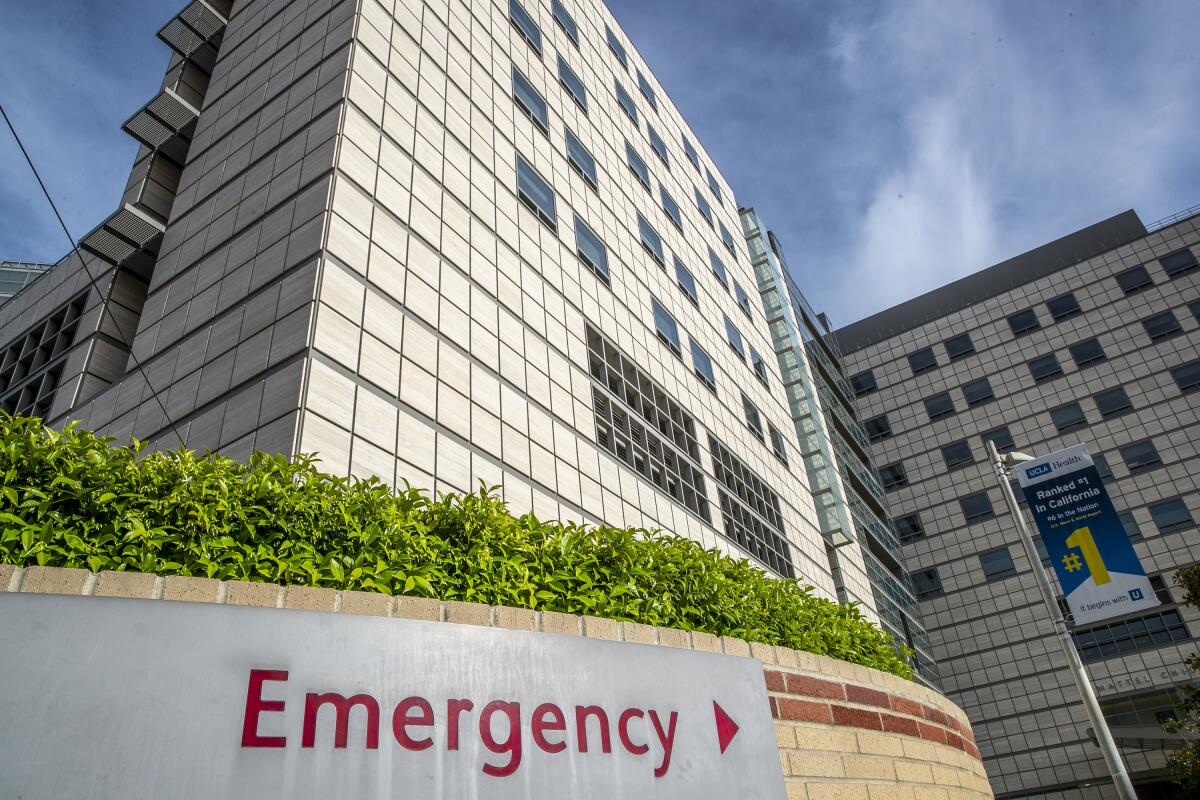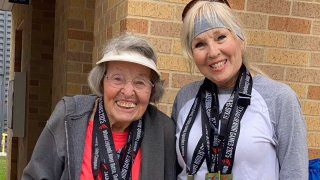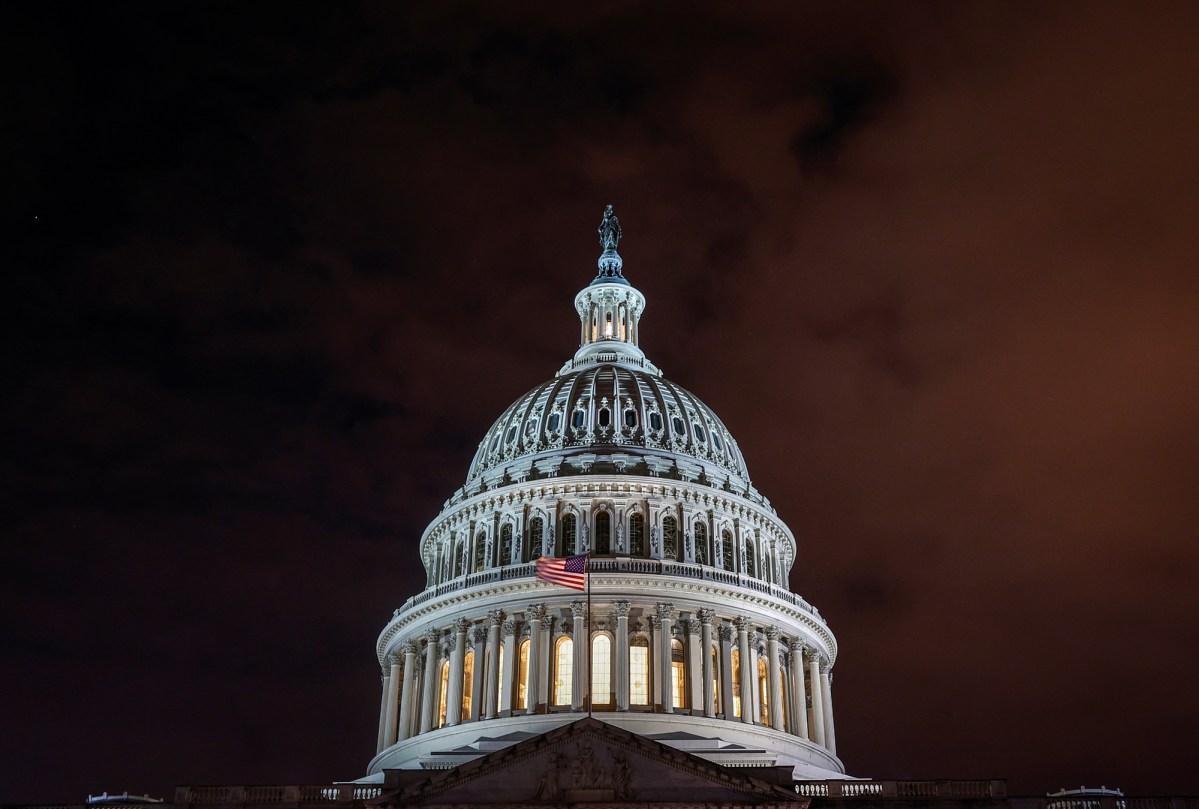According to university officials, a group of demonstrators who were worried about the agents’ presence gathered at UCLA Ronald Reagan Medical Center in Westwood on Tuesday afternoon when Immigration and Customs Enforcement personnel arrived to provide emergency care for a detainee.
Steve Lurie, associate vice chancellor for campus and community safety at UCLA, told The Times that two ICE officers took a detainee to the ER for medical attention. The patient was released into ICE custody after their medical evaluation determined that they did not need to be admitted to the hospital. Regarding the patient’s health, nothing was known.
There isn’t an ICE operation at Ronald Reagan UCLA Medical Center, despite what some people on social media are saying, according to a statement from UCLA Health.
To confirm the identification of the federal agent, hospital officials summoned UCLA police officers to the facility. According to Lurie, officers verified the agents’ affiliation with ICE by looking up their credentials.
Medicine and Science
Clinic staff in Southern California say that many people are missing medical care because they are afraid of being arrested by ICE and deported.
In response to news of ICE’s presence, a group of about fifty individuals gathered outside the hospital on Tuesday afternoon, highlighting the increased level of community concern surrounding current immigration measures in the Los Angeles area.
Low-income healthcare facilities have seen a significant increase in no-shows as inhabitants without proper documentation choose to forego checkups due to fears of searches at clinics and hospitals. In response to concerns that immigration officers are targeting medical facilities, L.A. Mayor Karen Bass will address a community meeting organized by St. John’s Community Health on Wednesday at 11 a.m.
In a statement, the mayor’s spokeswoman said, “As a former healthcare professional, Mayor Bass is deeply concerned by the ripple effects these raids are having when families are not able to safely access essential healthcare services.”
At 3:37 p.m., two federal agents escorted a woman out of an underground parking lot at the medical center and loaded her into a van, according to Jorge-Mario Cabrera, director of communications for the Coalition for Humane Immigrant Rights L.A., who was one of the trained observers from the L.A. Rapid Response Network. Volunteers, lawyers, and educators are trained by this network, which is run by CHIRLA, to respond to and confirm allegations of ICE action in the Greater Los Angeles area.
According to Randall Kuhn, a professor of public health at UCLA who visited the clinic after receiving reports of agents, there is a certain amount of comfort that at least ICE brought the patient in rather than simply dragging them away without providing any care. ICE isn’t known for being very concerned about the health of its detainees.
He did, however, add that he is concerned about the possibility that the patient may have another medical emergency if the stress of being held by ICE caused their health problem. Additionally, he questioned if the patient received care that was appropriate for their language and culture.
Did the individual undergo a social determinants of health assessment? Kuhn stated. Given that ICE officials were present, were they [doctors] able to handle the prospect that the individual would be in danger if they were released?
According to Lurie, the detainee was released using the same procedure that is applied when any law enforcement agency takes an inmate to a hospital for medical attention.
UCLA Police would not have been able to step in if Tuesday’s incident at the medical facility had truly been an enforcement action. The agency does not have the power to prevent federal immigration officers from accessing public spaces on campus or in medical facilities.
UCLA urges personnel to get in touch with their administrator and the medical center’s legal counsel to check any warrants or subpoenas and find out if entry is permitted if immigration enforcement authorities try to enter a restricted-access healthcare location, including patient rooms or closed wards. In addition to telling the agents that they are not interfering with their procedure and that they should seek help from administrators, staff members are instructed to ask the agents for their name, identity number, and agency affiliation.










